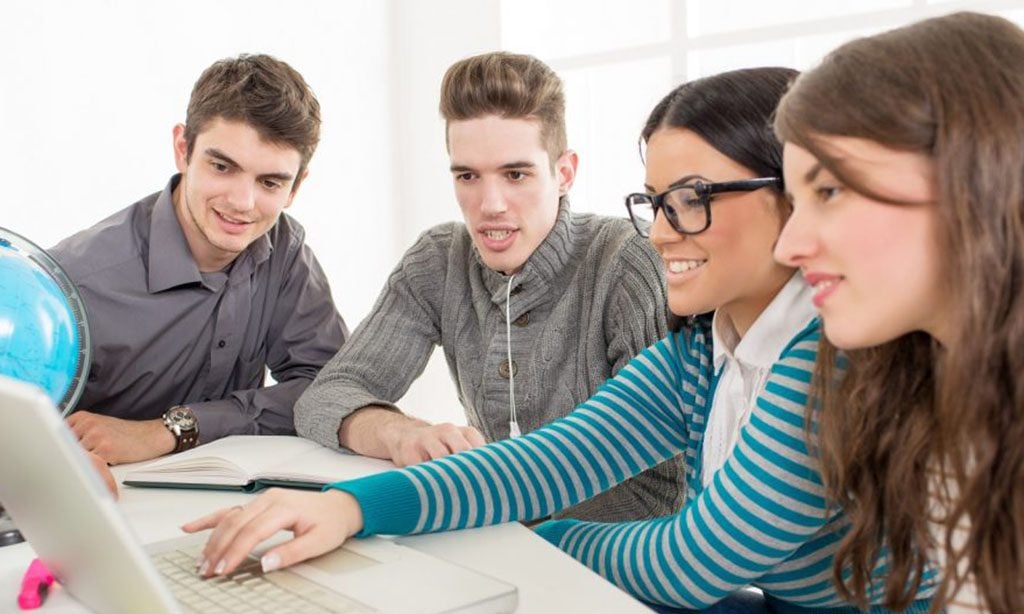Teaching has always been a passion of mine. In my earliest years in the education profession, experiencing the joy of planning for and presenting learning opportunities as a fourth-grade teacher was exhilarating! One of the most enjoyable elements of that planning was the creativity behind the presentation the students would engage in during the lessons. The goals supporting this planning were to create an experience that would impact the student; help the student see the lesson as a building block to previously-learned information; and make a connection between the lesson content and the student’s world, providing a purposeful learning experience.
As I became a mother and transitioned from my role in a formal classroom setting, the act of “teaching” took on new meaning because I desired to provide these experiences for my children.
Our home was always filled with books and toys that promoted hands-on fun and learning. Over the years, as the children were growing up, technology was an important element of our home life. The opportunities that some technology pieces offered as learning tools were noticeably wonderful additions to the children’s environment, lending to various interactive learning experiences. The tools included brilliant visual, auditory, and kinesthetic engagement for my little learners. As my children grew and more formal means of education presented themselves, the hands-on traditional materials, in coordination with the online elements, provided the best of both worlds!
An academic program integrating both traditional and interactive elements presents a means of learning for everyone, no matter the learning style.
According to my middle daughter, when she uses her math practice program and answers a question incorrectly, the program immediately shows her why her answer was incorrect. She can see and hear the explanation. For any student, this integration empowers a teacher to plan for and present content in a variety of ways. The multiple options for teaching, practice opportunities, extension avenues, and more, allow for incredible flexibility and promote independence in learning paths! What is a better way to encourage the love of learning?
Seeing this change and love for learning in my own family helped inspire me in my position at Bridgeway Academy to develop a program that encompasses both textbook and online elements.
The main benefits of this homeschooling program are:
- Blended learning All courses are designed to invite kids to explore learning through textbooks, hands-on materials, and online enhancements.
- Success in education Because this can look different for each child — even children within the same family — course designs include elements that work for individual learning and promote opportunities for extended learning.
- Confidence and empowerment Each course takes learning to the next level with high-quality content customized to meet the needs and learning styles of each student.
As a mom and teacher, the various modes for presenting learning experiences open the door to more engagement and fun for kids. The program is developed specifically for them and blends their favorite aspects of books and online elements. Plus, the program places so many meaningful resources in the hands of the instructor, supporting the learning program. For the necessary provisions of a learning program that are engaging and appropriate for a unique academic plan — a blended learning program — simply makes sense!
It’s almost hard to imagine planning a fully-engaged academic program with solely traditional materials these days. Online learning tools have become essential for today’s students and their future endeavors. The integration of traditional textbooks, hands-on materials, and technology does require careful planning, but the results are amazing and encourage a love of learning!
Get this excitement and engagement in your homeschooling program today!







